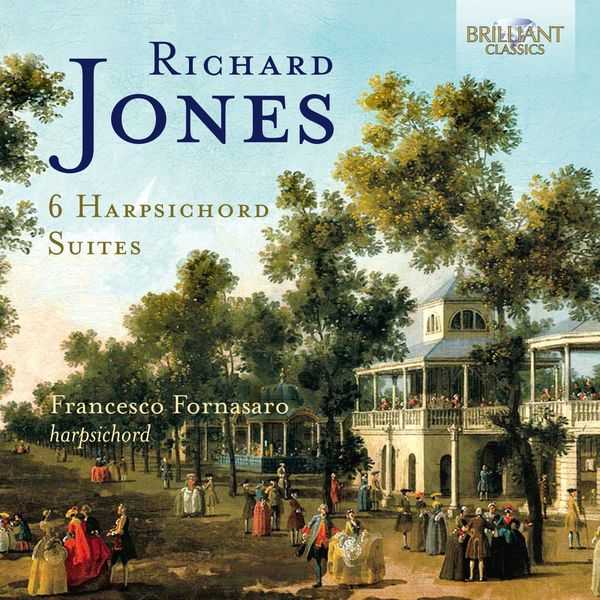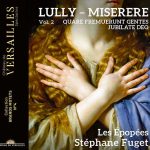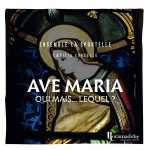

Composer: Richard Jones
Performer: Francesco Fornasaro
Format: FLAC (tracks)
Label: Brilliant Classics
Catalogue: 96311
Release: 2022
Size: 2.18 GB
Recovery: +3%
Scan: yes
Suite No. 1 in D Minor – First Set
01. I. Prelude
02. II. Vivace
03. III. Tocatt
04. IV. Sarabanda
05. V. Gavot
06. VI. Minuet
07. VII. Toccatta
08. VIII. Giga
Suite No. 2 in A Major – Second Set
09. I. Prelude
10. II. Paspie
11. III. Allemanda
12. IV. Minuet
13. V. Giga
14. VI. Sarabanda
15. VII. Giga
Suite No. 3 in B-Flat – Third Set
16. I. Prelude (Allegro – Largo – Allegro – Largo)
17. II. Sarabanda
18. III. Allegro
19. IV. Minuet
20. V. Boree
21. VI. Largo
22. VII. Giga
Suite No. 4 in A Minor – Fourth Set
23. I. Largo
24. II. Allemanda
25. III. Sarabanda
26. IV. Minuet
27. V. Boree
28. VI. Giga
Suite No. 5 in B Minor – Fifth Set
29. I. Prelude (Largo e Staccato)
30. II. Allemanda (Vivace)
31. III. Corrente
32. IV. Sarabanda
33. V. Vivace
34. VI. Sarabanda
35. VII. Boree
36. VIII. Giga
Suite No. 6 in Various Keys – Sixth Set
37. I. Allemende
38. II. Sarabanda
39. III. Brisk Air
40. IV. Minuet
41. V. March
42. VI. Scotch Air
43. VII. Hornpipe
44. VIII. Corente
45. IX. Minuet
46. X. Gavote
47. XI. Slow Air
48. XII. Minuet
New recordings of six superb Baroque suites by a London contemporary of Handel, graced a vision and ingenuity out of all proportion to his fame. The music scene in London during the first half of the 18th century was entirely dominated by the presence of Handel, which was so overwhelming that it obscured most of the excellent musicians of the period. We know very little about Richard Jones (1680?-1744), and nothing certain until he joined the Drury Lane orchestra as a violinist in the late 1720s, becoming its first violin and leader towards 1730 and succeeding Stefano Carbonelli as the orchestra’s leader. Very little of his music has survived beyond these suites: a cantata (While in a Lovely Rurall Seat, and two sets of violin-centred chamber suites. His pantomime stage works and ballad operas are all lost.
The six Suites rival the keyboard music of Handel and Purcell for their variety and inventiveness. Jones does not follow the traditional order for suites of dances. The first set includes two toccatas, the second two gigues, the fifth two sarabandes, with a corrente placed at the end of the group, while the sixth features no fewer than three minuets, the last of which closes the series. The Suites are also rich in harmony, with some bold inventions and plenty of vigorous rhythm that can be quite challenging from the technical point of view.
Apart from the more deliberately English character of the Sixth and last Suite with its prominent traces of British folk music, the collection reveals considerable Italian influence, whereas there is very little of the nascent galant style. Yet Richard Jones clearly had the intellectual freedom, eccentricity and independence to invest his music with an incredible variety of influences and references, ranging from the pathos and impetuous wildness of Vivaldi to the depth of Bach, the seductive grace of the French school, a touch of Handel’s majestic solemnity, the melodious freshness of Purcell and the dramatic, sensual impact of opera.
As Francesco Fornasaro remarks in the booklet: “this is harpsichord music of the highest order: beautiful, poignant and intellectually satisfying”. Born in 1971, the Florentine musician studied harpsichord in Ferrara. In 2017 he won First Prize in the Concerto for Harpsichord and Orchestra category of the Wanda Landowska International Harpsichord Competition in Bari. The present release marks his debut on Brilliant Classics.



